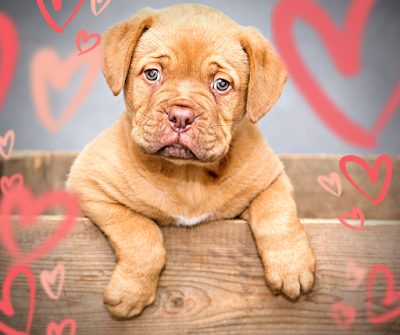Canine Heat Stroke

Summer is here! Which means it will be getting HOT. Just like humans, dogs can get heat stroke. Dogs don't sweat like humans do. The only way they lose heat is through the little pads on their feet or by panting. Humans need to take precautions when out with a dog in the heat and know how to identify when they are starting to over-heat. Here are some symptoms to watch out for and what to do if you suspect your dog may be over-heated: A dog's temperature is a bit different from a human's. If you notice that your dog is acting over-heated, the first thing you must do is take his/her temperature. Here is a link that provides instructions on the "how". Below is a nifty graphic I made on normal - dangerous temperatures for a dog: If your dog is indeed over-heated and/or suffering heat stroke, there are measures to take in order to make sure it does not do permanent damage to your canine or become fatal: How hot is too hot? Here is handy chart ...

.png)


.png)
